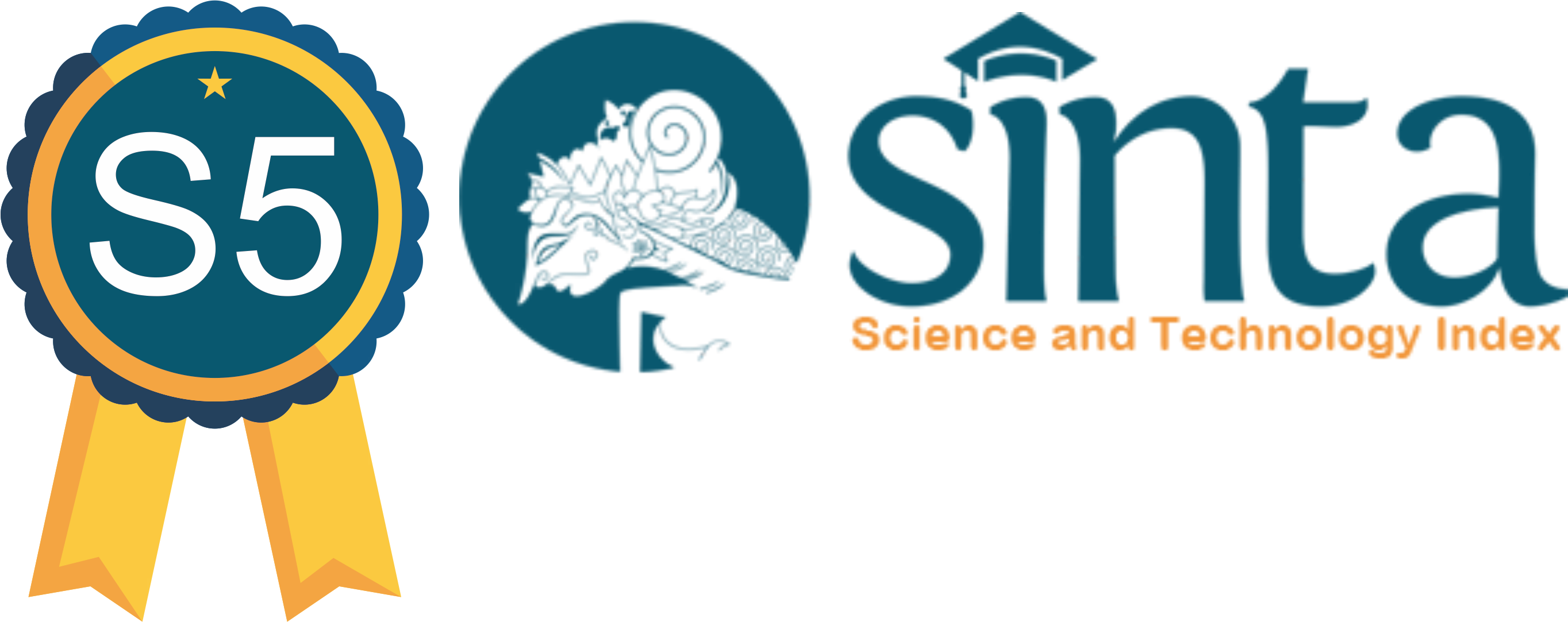THE LITERATURE REVIEW: CHILDHOOD EXPERIENCES OF RELATIONSHIPS AND THE UNEMOTIONAL NATURE OF RELATIONSHIPS IN ADOLESCENTS
Abstract
This study aims to evaluate the tendency of Callous Unemotional (CU) traits in early adolescents based on perceptions of parental parenting styles: authoritarian, democratic, and permissive. A comparative cross-sectional design was used. A sample of 236 junior high school students in Pati Regency was selected using cluster random sampling. The research instruments were the Callous Unemotional Traits Scale and the Parental Authority Questionnaire (PAQ). The results showed significant differences in the tendency of CU traits based on parenting style type (p < 0.05). Authoritarian parenting was associated with higher levels of CU traits, while democratic parenting resulted in lower levels. Permissive parenting showed variable results. These results support the theory that tight control and lack of autonomy can hinder children's emotional development. Practical implications highlight the importance of positive parenting styles in preventing the development of CU traits in adolescents.
Downloads
References
Anda, R. F., et al. (2006). The enduring effects of abuse and related adverse experiences in childhood. European Archives of Psychiatry and Clinical Neuroscience, 256(3), 174–186. https://doi.org/10.1007/s00406-005-0624-4
Baumrind, D. (1991). The influence of parenting style on adolescent development. Journal of Early Adolescence, 11(1), 56–95. https://doi.org/10.1177/0272431691111004
Bowlby, J. (1982). Attachment and loss: Vol. 1. Attachment (2nd ed.). Basic Books.
Bretherton, I. (1992). The origins of attachment theory. Developmental Psychology, 28(5), 759–775.
Cassidy, J., & Shaver, P. R. (2016). Handbook of attachment: Theory, research, and clinical applications (3rd ed.). Guilford Press.
Frick, P. J. (2016). Callous-unemotional traits and conduct problems: A review of the literature. Clinical Child and Family Psychology Review, 19(4), 272–292. https://doi.org/10.1007/s10567-016-0209-2
Frick, P. J., & White, S. F. (2008). The importance of callous-unemotional traits. Journal of Child Psychology and Psychiatry, 49(4), 359–375.
Frick, P. J., Ray, J. V., Thornton, L. C., & Kahn, R. E. (2014). Can callous-unemotional traits enhance diagnosis of conduct problems? Psychological Bulletin, 140(1), 1–57.
Hawes, D. J., Price, M. J., & Dadds, M. R. (2014). Callous-unemotional traits and the treatment of conduct problems. Clinical Child and Family Psychology Review, 17(3), 248–267.
Hyde, L. W., Shaw, D. S., & Moilanen, K. L. (2016). Developmental precursors of moral disengagement. Development and Psychopathology, 22(1), 1–14.
Kaufman, A. S., & Lichtenberger, E. O. (2014). Assessing adolescent emotional traits: A longitudinal study. Springer.
Kimonis, E. R., Frick, P. J., Fazekas, H., & Loney, B. R. (2008). Psychopathy traits and aggression in children and adolescents. Journal of Clinical Child & Adolescent Psychology, 37(3), 591–595.
Luthar, S. S., Cicchetti, D., & Becker, B. (2000). Resilience: A critical evaluation. Child Development, 71(3), 543–562.
Masten, A. S., & Tellegen, A. (2012). Resilience in developmental psychopathology. Development and Psychopathology, 24(2), 345–361.
McCrory, E., De Brito, S. A., & Viding, E. (2011). The impact of childhood maltreatment. Frontiers in Psychiatry, 2, 48.
Prasetiani, A. A., & Mahanani, F. K. (2024). Exploring the relationship between parenting styles and callous-unemotional traits in early adolescents. Nusantara Journal of Behavioral and Social Sciences, 3(3), 133–145. https://doi.org/10.47679/njbss.202460
Putra, A., & Sari, M. (2018). The Relationship Between Parenting Styles and Aggressive Behavior in Junior High School Students." Indonesian Journal of Psychology, 14(2), 123–135. https://doi.org/10.1234/jpsi.v14i2.5678
Santrock, J. W. (2019). Adolescence (17th ed.). McGraw-Hill Education.
Smith, C., & Jones, L. (2020). Parenting styles and youth emotional regulation: A meta- analysis. Child Development, 91(5), 1541–1556. https://doi.org/10.1111/cdev.13374
Sroufe, L. A. (2005). Attachment and development. Attachment & Human Development, 7(4), 349–367.
Steinberg, L. (2014). Age of opportunity: Lessons from the new science of adolescence. Houghton Mifflin Harcourt.
Teicher, M. H., & Samson, J. A. (2016). Enduring neurobiological effects of childhood abuse. Journal of Child Psychology and Psychiatry, 57(3), 241–266.
Viding, E., Blair, R. J. R., Moffitt, T. E., & Plomin, R. (2012). Evidence for substantial genetic risk for psychopathy. Journal of Child Psychology and Psychiatry, 46(6), 592–597.
Waller, R., Gardner, F., & Hyde, L. W. (2017). What are the causes of callous-unemotional traits? Psychological Medicine, 47(10), 1965–1976.
Prasetiani, A. A., & Mahanani, F. K. (2024). Exploring the relationship between parenting styles and callous unemotional traits in early adolescents. Nusantara Journal of Behavioral and Social Sciences, 3(3), 133–145. https://doi.org/10.47679/njbss.202460
Putra, A., & Sari, M. (2018). The relationship between parenting style and aggressive behavior in junior high school students. Jurnal Psikologi Indonesia, 14(2), 123–135. https://doi.org/10.1234/jpsi.v14i2.5678
Santrock, J. W. (2019). Adolescence (17th ed.). McGraw-Hill Education.
Smith, C., & Jones, L. (2020). Parenting styles and youth emotional regulation: A meta- analysis. Child Development, 91(5), 1541–1556. https://doi.org/10.1111/cdev.13374
Copyright (c) 2025 guen julia kana huru

This work is licensed under a Creative Commons Attribution-ShareAlike 4.0 International License.
Journal of Health and Behavioral Science (JHBS) is licensed under a Creative Commons Attribution-ShareAlike 4.0 International License. You are free to copy, transform, or redistribute articles for any lawful purpose in any medium, provided you give appropriate credit to the original author(s) and JHBS, link to the license, indicate if changes were made, and redistribute any derivative work under the same license. Copyright on articles is held by the authors. By submitting to JHBS, authors grant any third party the right to use their article to the extent provided by the Creative Commons Attribution-ShareAlike 4.0 International License.

 guen julia kana huru(1*)
guen julia kana huru(1*)








